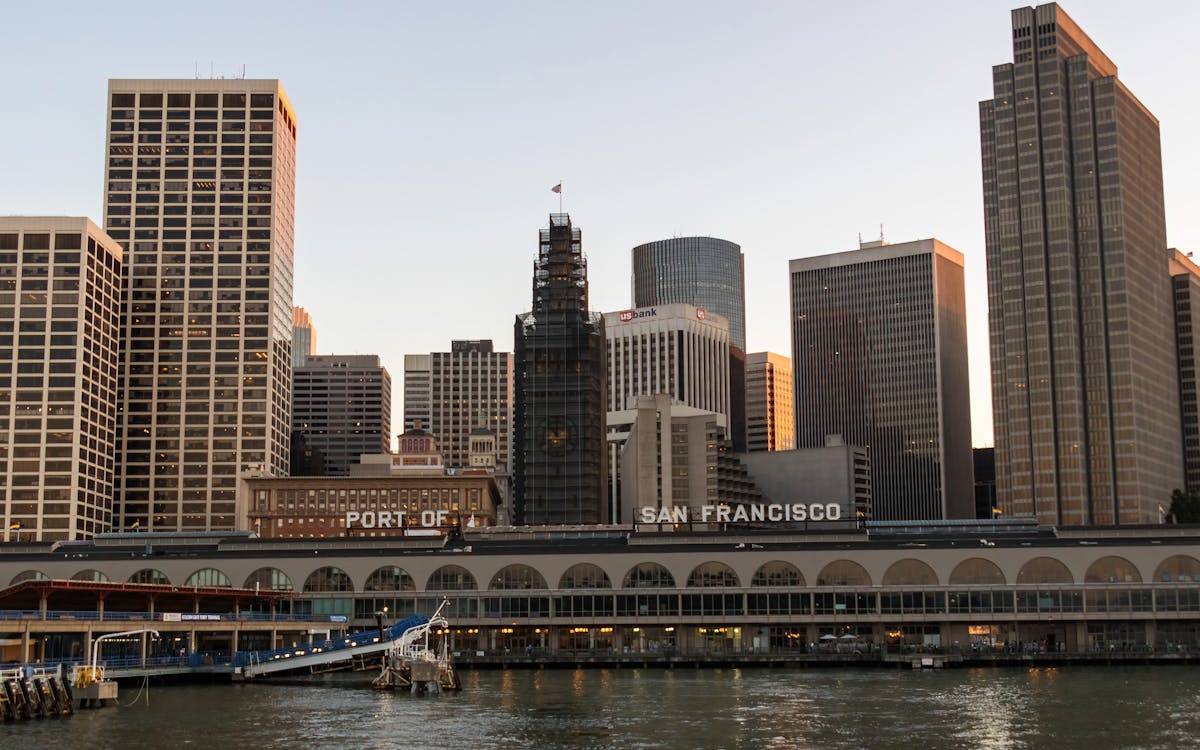Hope for the Bay: Community-Driven Ecosystem Recovery
Hope for the Bay: Community-Driven Ecosystem Recovery
Blog Article

Why Restoration Matters More Than Ever in the Bay Area
Over the last few years, the San Francisco Bay has actually weathered the impact of urban development, commercial growth, and environment modification. When teeming with wild animals and lavish marshes, much of the bay's all-natural environments have been fragmented or broken down. Yet amidst these difficulties, something amazing is happening: neighborhood citizens, volunteers, and grassroots initiatives are leading a wave of ecological repair that's bringing new life back to the Bay.
Restoration isn't nearly growing trees or cleaning up garbage, though those efforts are essential. It's about reconstructing the foundations of life, from marsh lawns that support fish baby rooms to shoreline buffers that defend against flooding. And in this region, the power of area participation is turning the trend very reasonably.
From Marshland to Miracle: The Return of Native Habitats
One of the most noticeable changes occurring in the Bay Area is the re-emergence of indigenous habitats. Wetlands that were when drained pipes or paved over are being rehydrated and replanted. Turfs and hedges indigenous to the region are being grown by area groups, who commonly rely on regional volunteers to aid expand seedlings and take care of controlled planting occasions.
These indigenous plants do greater than include plant to the landscape. They offer sanctuary to migratory birds, pollinators, and little creatures, developing pockets of biodiversity in the middle of active urban zones. As these habitats expand, so does the environmental health and wellness of the Bay itself. When neighborhood homeowners take time out of their weekend breaks to obtain their hands in the dirt, they're not simply growing-- they're taking part in the reconstruction of a living, breathing ecosystem.
The Role of Education in Fostering Environmental Stewards
Education plays an essential part in why these community-led efforts are functioning so well. Schools, area facilities, and nonprofit groups are organizing hands-on learning experiences where individuals of every ages can recognize the science and significance of reconstruction. These programs often bring individuals in person with problems like erosion, air pollution, and sea level rise-- subjects that can feel abstract until they're seen up close.
When a person sees the delicate balance of a tidewater or finds out exactly how a single plant varieties can filter toxic substances from the water, the value of that expertise ends up being individual. And keeping that understanding comes the motivation to act. Recovering communities becomes less of a job and more of a goal. This deep connection to neighborhood spaces is what establishes the Bay Area apart and fuels the long-lasting success of these initiatives.
Taking Advantage Of the Digital World to Drive Real-World Change
Interestingly, the push to recover the Bay's communities isn't taking place alone from the electronic globe. Technology is coming to be a powerful tool in rallying assistance, spreading out awareness, and linking areas. Whether through resident scientific research applications that track indigenous varieties or neighborhood online forums arranging reconstruction events, the online area is matching boots-on-the-ground activity.
In recent times, also local outreach techniques have progressed. As an example, a social media marketing agency in the Bay Area may support environmental campaigns by aiding volunteers intensify their influence, tell their stories, and inspire others to obtain included. These digital touchpoints have the power to transform a tiny weekend cleaning into a regional activity just by letting individuals understand it's happening-- which it matters.
Email Campaigns That Inspire and Inform Local Change-Makers
One more digital approach making a concrete difference is e-mail communication. Updates concerning restoration occasions, seasonal view growing initiatives, and donation drives are commonly shared via very carefully crafted e-newsletters that strike an equilibrium in between being interesting and inspiring. It's not unusual for a well-timed project from an email marketing agency in San Francisco to bring a rush of volunteers or contributions to a task in need.
These e-mail campaigns aren't simply transactional-- they're transformative. By enlightening customers concerning the direct impact their participation has, they support long-term engagement. Viewers come to feel like stakeholders in the health of their region, and that emotional link converts to lasting commitment.
The Unseen Work of Connecting Data, Communities, and Nature
Behind every successful repair task lies a complex web of control. There's research to recognize what habitats require most, community feedback to shape inclusive plans, and follow-up monitoring to make sure success. This kind of continuous initiative typically calls for not simply heart, however data, technique, and communication.
That's where the support of a digital marketing company in the Bay Area can make a quiet yet critical difference. By helping organizations build strong digital systems, collect insights, and improve their messaging, these teams make it possible for neighborhood groups to scale their influence. The result is an extra linked and efficient movement, where every activity counts, and everyone feels like they're part of something bigger.
The Power of People in Preserving the Bay's Future
If there's something the Bay Area has shown, it's that remediation doesn't have to start with big establishments or enormous budgets. It can begin with one neighbor pulling weeds from a route, one pupil planting a native seedling, or one family appearing to a shoreline cleanup. These small actions accumulate, specifically when they're supported by wise techniques and shared with the wider area.
There's something distinctly enthusiastic about seeing the tides transform-- both figuratively and essentially-- in favor of nature. The Bay is much from totally brought back, however it's being restored everyday via the persistence and treatment of those who call this place home. With each marsh rebuilt and each native species secured, we're not simply restoring ecosystems-- we're envisioning what's possible when areas lead with objective.
Keep following this blog for more tales on regional change, area impact, and the ways you can be part of securing the natural charm that borders us.
Report this page